Sober Focus – The True Face of Alcohol
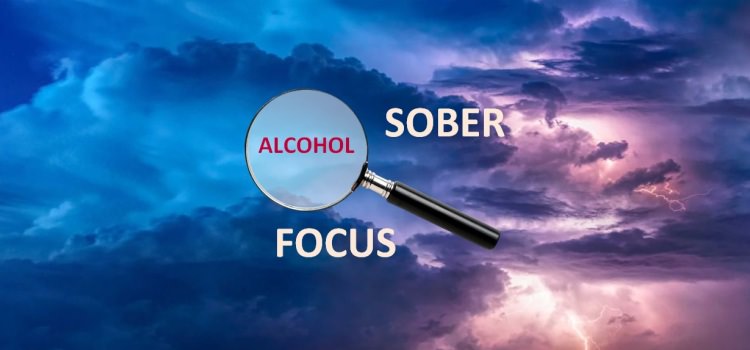
A review by Diane I
The author, Elvi, paints a very grim picture of our relationship with alcohol. The book is divided into two sections. Part 1 is called Alcohol and Society and it touches on the history of alcohol in society including the role of the state, alcohol industry, religion and other influences. Part 2 is entitled Understanding Alcoholism and it states why people drink, how they become addicted, how it is a family disease and how to recover.
Part 1 – Alcohol and Society
In Chapter 1, To Live or to Drink she states that alcohol is a poison and gives lots of examples and statistics on how destructive alcohol is to individual humans and society on the whole. It causes untold physical and mental illness, emotional and spiritual demise and premature death.
In Chapter 2 she states that there are two theories or approaches to dealing with alcohol: total abstinence and drinking in moderation. One definition of sobriety is “the natural human condition in which a person consciously controls and is responsible for their actions”. She describes the science of Sobriology which studies how sobriety can be achieved in society. Sobriology is the subject of research by several groups in Russia. She believes that moderation in alcohol consumption is not the answer because even this will lead to alcoholism. She states that “the truth is that only conscious and total abstinence can prevent people from falling down the slippery slope.”
Chapter 3 goes into the many myths and absurdities of alcohol and she gives many good examples. One being “Wine is a healthy drink” and explains why this is not true backed up with scientific data.
In Chapter 4: The Alcohol Industry she gives excellent data on how the industry “aims at fabulous profits at the expense of people’s health and well being.” Governments take in huge alcohol taxes but this amount is much, much less than the costs associated with lowered productivity, unemployment, absenteeism, premature death, incarceration, health care, and criminal justice expenditures. The financial data she gives is quite astounding. “The point is, loss always far exceeds income, and that is one of the core principles of Sobriology”.
In Chapters 5 and 6 she makes the case that we are bombarded with positive alcohol images in the media. “It is so omnipresent that we see it as a natural part of life”. “The combined advertising, publicity and promotional effort of the entire alcohol industry brainwash the masses.” “People are conditioned to drink and, unless they are systematically educated to the contrary, they are unlikely to reconsider their stance.”
Chapter 7 – Alcohol and the Scriptures. Some religions take a stance against alcohol such as Islam and Buddhism. She claims that The Bible clearly states in scripture that we should abstain from alcohol and she gives many examples.
Chapter 8 – The Destruction of Souls. She believes that “intoxicants inhibit our connection with the Higher Intelligence, which dwells within us as our inner guidance and moral compass, along with the psycho-spiritual and cognitive qualities that differentiate us from other species”. Some may think this is what is called our “inner resource” in the Big Book of Alcoholics Anonymous.
Part 2 – Understanding Alcoholism
Chapter 9 – Why Do People Drink. She states that there are three main reasons:
-
Availability – This may seem too obvious, but she says that alcohol consumption increases when it is more available such as when it is in convenience stores and grocery stores. “The widespread availability of alcohol, in terms of locations and times of sale, has led Russia to alcodisaster.”
-
Beliefs – We think we choose our lifestyles, but we are so conditioned to drink by personal experience and social conditioning, that we don’t really make a decision to drink, we just do it! There is so much pressure to drink by society and peers that very few make an actual decision to abstain from alcohol completely, as a lifestyle choice.
-
Addiction – “No one actually sets out to become an addict” and I certainly didn’t! But, because of social pressure and the euphoria that is felt from alcohol, despite the fact that it is very short lived and all of the many negative consequences, people do become addicted to alcohol.
In Chapter 10 – Beer is the Gateway she describes the chemical composition of beer and why it is so addictive. Beer is often the gateway to addiction because it is viewed as less harmful or not harmful at all. It is also less expensive. Aggressive marketing by the beer industry is one of the reasons why younger people are at risk and drinking beer puts them on the road to addiction. Beer has many detrimental consequences for adults as well. It is not harmless that is for sure!
Chapter 11 – Dependence. Although she doesn’t give a definition I believe she is using the term dependence synonymous with addiction. Young people continue to drink in spite of the very negative consequences such as nausea, vomiting, headaches and black outs. She states that a hangover is nature’s way of telling us that it is a poison and our body cannot handle it. But people continue to drink because of peer pressure. Even when people know that their drinking is causing a problem, there is much denial and the decision to quit is postponed because “they believe that their emotional equilibrium and contentment depends on the substance”. Elvi goes on to explain the three stages of alcoholism and how to recognize an addicted person.
In Chapter 12 “Overcoming Dependence” she states that “overcoming addiction is possible only when drinkers sincerely wish to be free”. A major obstacle to sobriety and recovery is admitting the problem which is due to denial and social stigma. Other obstacles include the fear of living without alcohol and that life will not be fun and will be unbearable without it. She makes the statement which I totally agree with “No matter how they were treated for addiction and how long they have lived soberly, if they do not change their core beliefs about drinking, they will never be fully free.” She gives many recommendations for overcoming dependence and I will not go into all of them now. However, she did say that finding like minded people with whom you can exchange information and share experiences is important; getting sober is easier with others. However, she does not mention Alcoholics Anonymous or any other kind of recovery group.
I find Chapter 13 on Codependency particularly interesting because alcoholism is a family illness. “Codependents enable drinkers by assuming responsibilities on their behalf, minimizing or denying the problem and making amends for them”. She describes in very good detail how the family can either hinder the recovery of the alcoholic or help him or her. She describes codependency very well. She also goes into a term that I am not familiar with, Co-Alcoholism and how “family members are blinded by loyalty to the alcoholic and by the fear of stigma”. She goes through 8 characteristics that the families exhibit. She describes how family is the key and how by trying to manage the alcoholics drinking, they are attempting to control the uncontrollable.
In Chapter 14 Correcting Family Dynamics Elvi has many suggestions and outlines some great steps on how the family needs to change in order for the alcoholic to recover. She does mention seeing a professional but she does not suggest Al-Anon as a recovery tool for the family or in particular the codependent. She asks “Can families correct the destructive dynamics and break free of the negative patterns?” … “Of course they can”.
In Chapter 15 Spiritual Crisis – Voluntary Enslavement, which I loved, she describes how “we suffer emotionally and spiritually, because at some level, we realize we are squandering the precious gift of life.” We have been made to suppress our connection with our Higher Intelligence. We don’t listen to our inner voice and therefore easily and blindly follow the herd. We are not free and only in sobriety can one hear their inner voice clearly. “Sobriety gives people the freedom to choose, act and be the best versions of themselves”.
Chapter 16 – Truth in Sobriety describes how individuals and society can achieve sobriety. “Getting sober doesn’t only mean that you don’t use substances, but that you live freely, as a fully expressed human being”. I believe she is talking about what I call emotional sobriety and being present. In conclusion she wishes that “you escape from the psychological slavery, feel happy and find the meaning of life”.
My Personal Conclusion
I really enjoyed this book very much, although I did not agree with everything. The main message I came away with is that we are bombarded from childhood with messages from all of society, including our parents, government, advertising and our peers that drinking is a normal and enjoyable part of life and that without it we can’t have fun and will not be included in society. We are not taught all of the negative consequences of alcohol and encouraged to choose sobriety as a way of life.
Elvi says that sobriety is the “natural state” and I totally agree. All you have to do is watch children. Do they need alcohol to laugh, have fun, relax, learn and be creative? But, we teach them that when they become adults they will need alcohol to do all of those things. Although I have always thought this, Elvi opened my eyes even further on how we are conditioned to drink from early on. I think that this book is well worth a read for any one already sober or for someone thinking that they may have a problem with alcohol! It is also good for a family member or a friend of someone who they think might have a problem with alcohol.
Diane I. attended her first meeting of Alcoholics Anonymous in Sudbury on February 16, 1977 at the age of 26. She was desperate to get and stay sober, which she has done since that first meeting. She was very active in traditional AA for many years, but with the change in her beliefs about God and her discontent with all of the dogma she heard around the tables, she found traditional AA meetings more and more unbearable. Years ago she discovered We Agnostics, a secular AA meeting in Hamilton, Ontario. Diane found secular AA to be a breath of fresh air and much more in line with her beliefs. She can finally voice her opinions without fear of being judged. She is of course grateful for traditional AA, but has found her new home in We Agnostics.
For a PDF of today’s article, click here: Sober Focus Review.

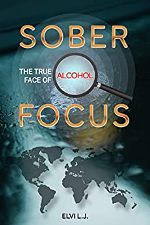

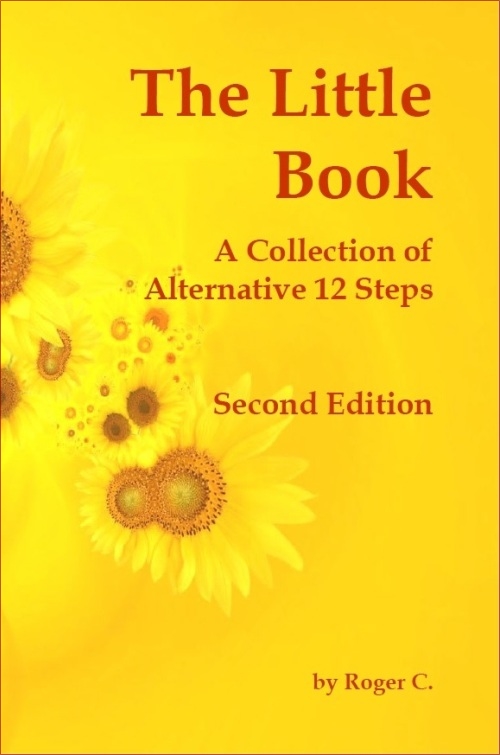

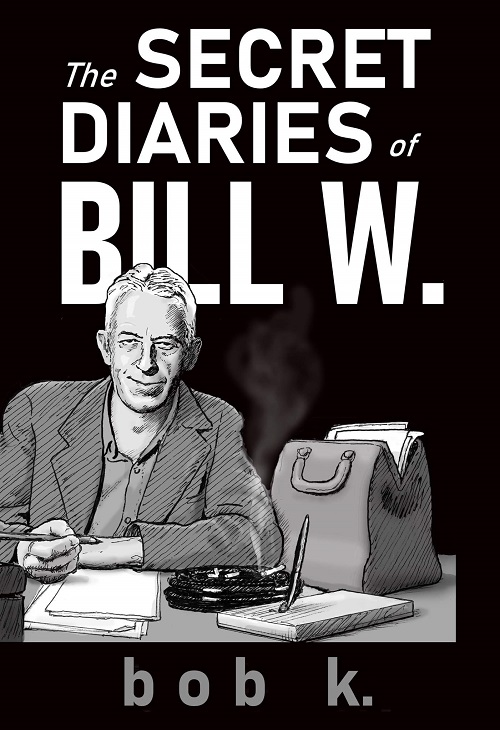

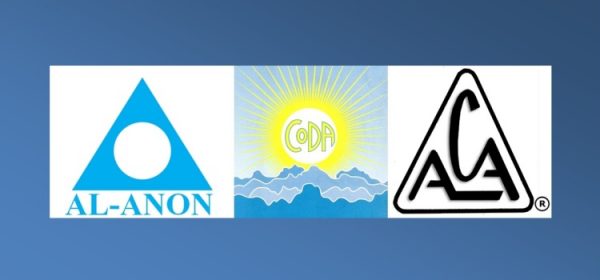

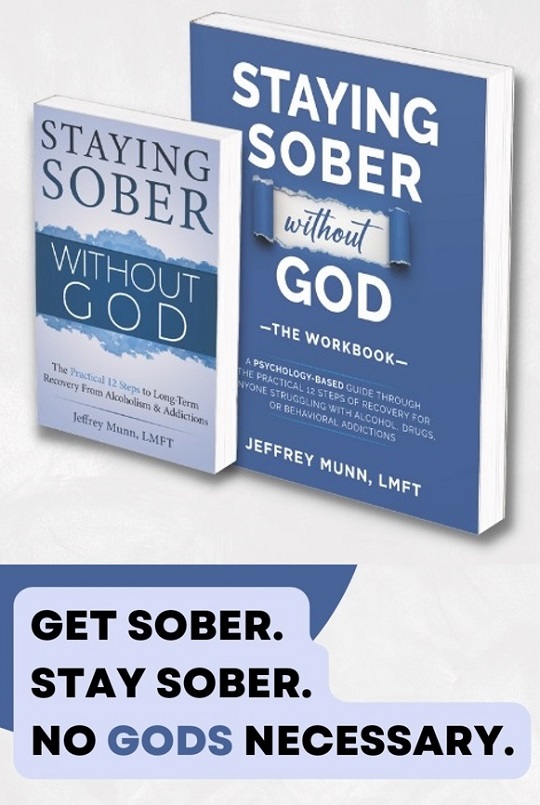
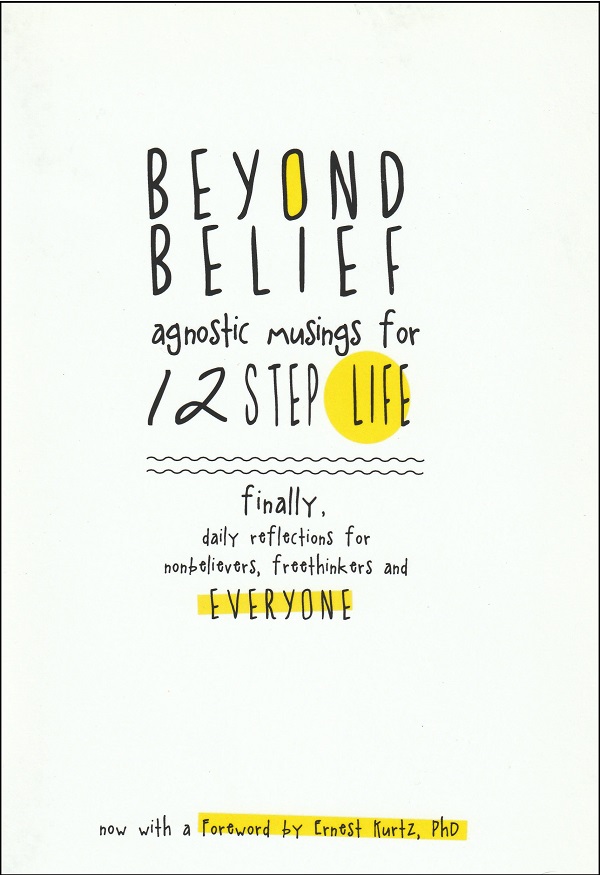

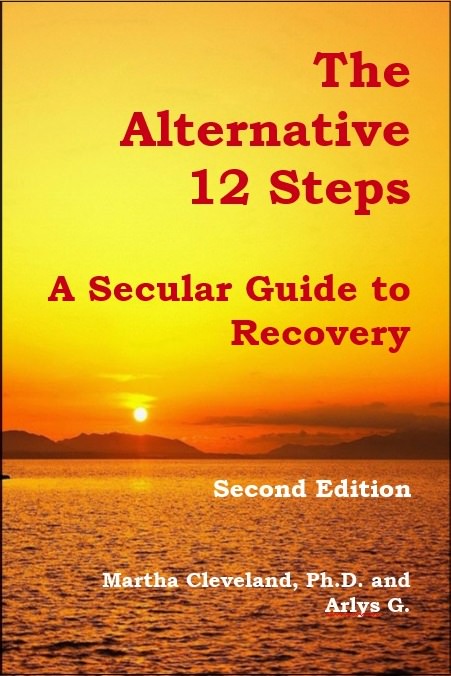
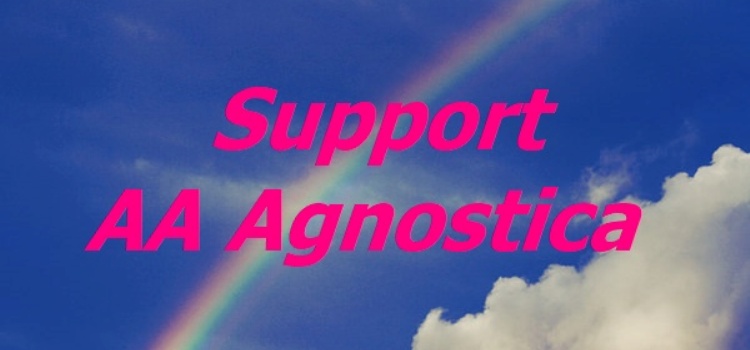
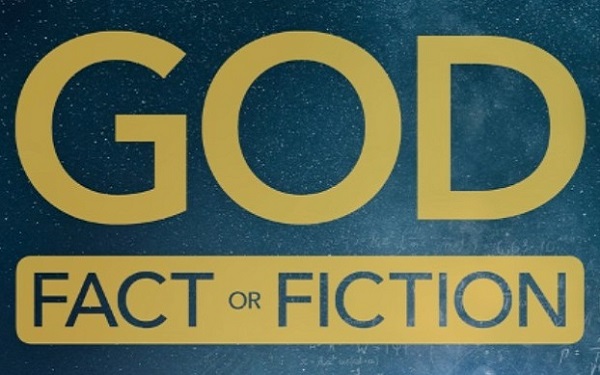

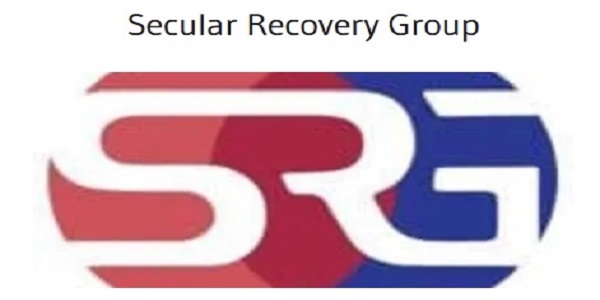
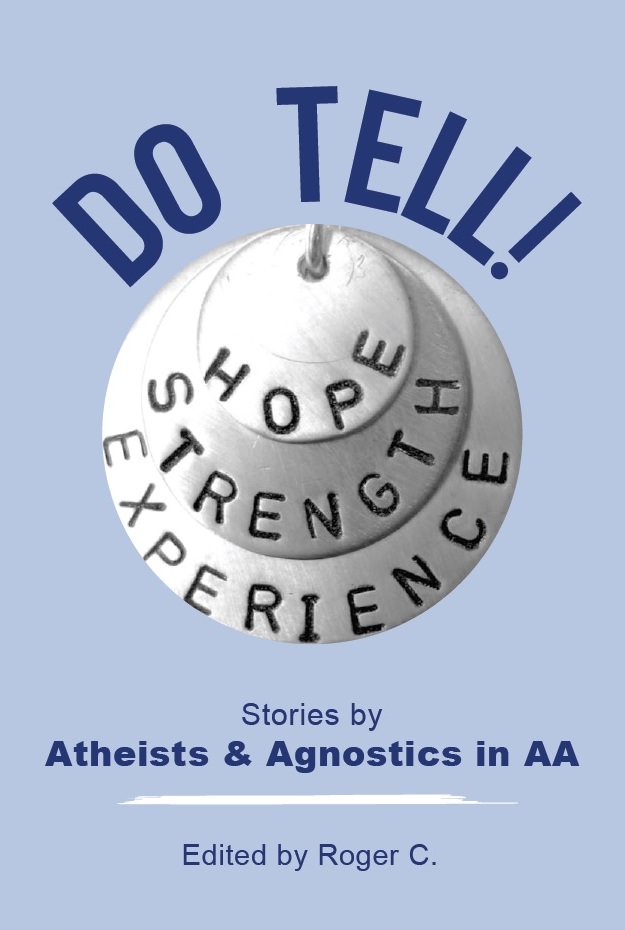
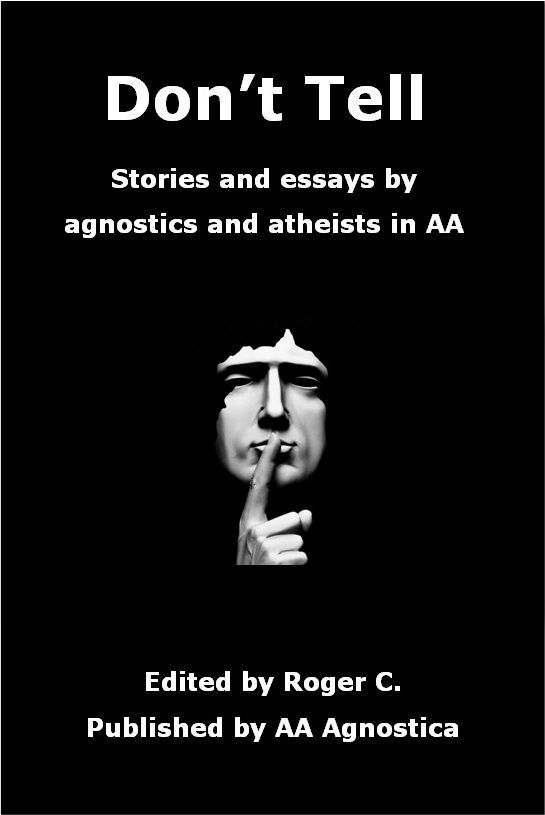
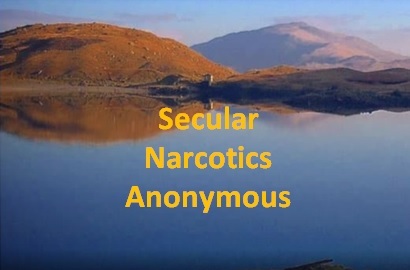


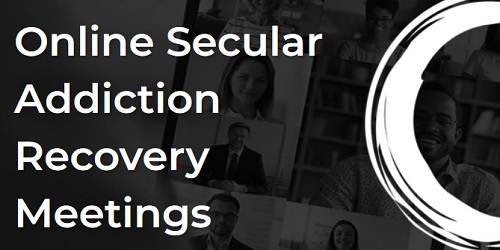


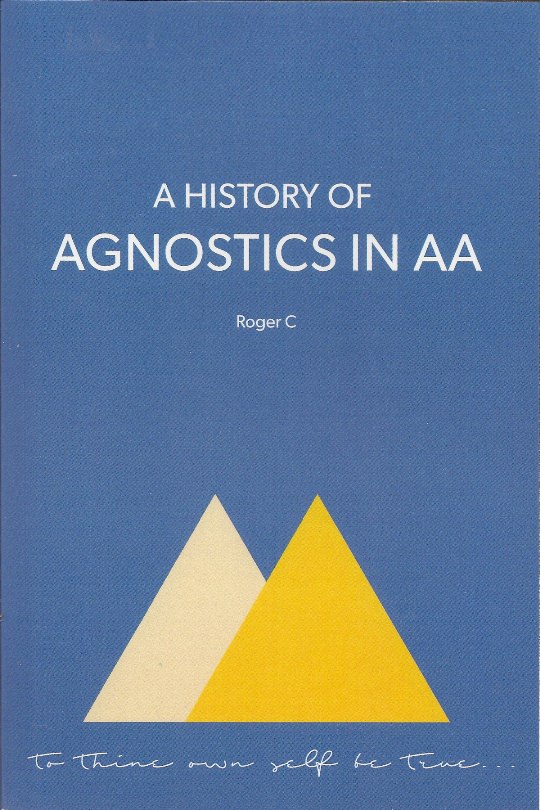
Thanks for the review.
We live in a society with a deep-seated drinking culture. We drink to celebrate, and we drink to commiserate. We drink at weddings, parties, and backyard BBQ’s. Booze and sporting events are inextricably intertwined. We flag down the cart girl to sell us drinks on the golf course.
It’s shocking to learn that drinking in America was once three times what it is now. 1790-1830 was the drinking-est period of our history.
Thanks for the review Diane.
In my youth I remember cigarettes enjoying similar loftiness to that being heaped on alcohol today. Anyone remember the Marlboro Man? How about the Tareyton crowd: “I’d rather fight than switch!”. It’s now a taboo product hidden behind panels in store counters. Today the packaging comes with gruesome reminders of the health consequences of use. I wish so much we could reach the same level of enlightenment with booze. Yes even wine and beer. Those two innocent beverages were my ticket into AA.
Got to start somewhere. Instead of the dandy on the Johnny Walker label, how about a picture of a homeless drunk, or a victim of a drunk driver. Skull and crossbones to denote poison? And please take the Blue Jays and Leafs off of beer cans.
Prohibition was a failure but cigarettes have proven education can impact peoples choices over time. An outside issue for AA perhaps, but one that I’m grateful there’s websites like this to bring attention to.
Thanks David! You make some really good points!